As AI continues to permeate various industries, a crucial question often arises among senior technology leaders: How can our infrastructure support AI processing? In the context of telecom networks, which are expansive and multi-layered, this question becomes even more pertinent. The conversation is no longer just about AI; it’s about whether the disruption brought by GPUs (Graphics Processing Units) is as significant as that of AI itself. Are we truly in the AI era, or is it also a GPU era?
How Telcos are Adopting GPUs
The adoption of GPUs in telecom is not just a theoretical discussion. It’s happening in real-time, marked by significant partnerships and developments across the globe. A notable example is the collaboration between SK Telecom and Lambda, a provider of on-demand NVIDIA GPU clusters. This partnership aims to deploy a large-scale Nvidia GPU cluster in SK Broadband’s Gasan datacentre on the edge of Seoul by the end of the year. This initiative will enable SK Telecom to offer AI cloud services, including GPU-as-a-Service (GPUaaS), allowing enterprises to access GPU cloud services as needed to develop or utilize AI services.
Similar strides have been made by other telecom operators. For instance, SingTel, in collaboration with Bridge Alliance, recently started offering GPU-as-a-Service in Southeast Asia to serve enterprises. This trend is not new; leading global telecom operators have been collaborating with GPU providers for years to harness AI’s potential.
- Verizon: In 2019, Verizon launched GPU-based 5G services for edge servers, focusing on use cases like virtual and mixed reality experiences, benefiting AR, VR, and XR users, as well as real-time enterprises and gamers.
- AT&T: AT&T subscribed to NVIDIA-powered AI to enhance experiences for both employees and customers by mining its data more effectively, driving new services and solutions.
- Telenor: Telenor invested approximately $9.5 million in partnership with Nvidia to advance its AI-first initiatives. This collaboration aimed to improve operational efficiencies and integrate AI workloads with 5G RAN in Telenor’s Norwegian data centers, fostering new AI opportunities and partnerships with startups, enterprises, and government entities.
- Orange Business: Orange Business recently unveiled two new trusted generative AI (GenAI) offerings that span the infrastructure (IaaS) and applications (SaaS) layers, becoming the first to cover the entire lifecycle of trusted GenAI solutions from ideation to maintenance. Their IaaS offer includes GPU-as-a-Service, tailored for customers needing full control over a trusted infrastructure for hosting GenAI projects.
The Role of GPUs in 5G and Next-Generation Networks
The integration of GPUs in 5G networks is another area where telecom operators are making significant advances. In September 2023, NVIDIA, in collaboration with Fujitsu and Wind River, enabled NTT DOCOMO to launch Japan’s first GPU-accelerated commercial Open RAN 5G service. This marked the world’s first deployment of a GPU-accelerated commercial 5G network, addressing the telecom industry’s challenges in improving performance, reducing total cost of ownership, and enhancing energy efficiency while unlocking the benefits of Open RAN.
GPUs play a critical role in handling compute-intensive workloads, particularly in the Radio Access Network (RAN) where tasks such as channel estimation and modulation require complex algorithms. The parallel processing capabilities of GPUs make them essential for managing these workloads efficiently, supporting a shift towards more open and software-defined network architectures.
Moreover, the computational power of GPUs enables telecom operators to support advanced applications such as augmented reality (AR), virtual reality (VR), and IoT services that require high bandwidth and low latency. As these applications become more prevalent, the role of GPUs in providing the necessary processing power will be crucial.
The Debate on GPU Investment in Telecom
During a recent DSP Leaders Forum hosted by TelecomTV, industry experts discussed the growing importance of GPUs in handling advanced computing needs within network infrastructure. A key point of debate was whether telecom operators should invest directly in GPUs or rely on cloud providers for GPU resources. This decision hinges on long-term revenue streams and the maintenance challenges associated with owning GPU infrastructure.
While some operators do not see an immediate need for GPU investment, particularly from a wide-area network (WAN) perspective, the potential for AI-driven use cases could drive future demand for GPU capabilities. The discussion highlighted a cautious approach among operators, who are weighing the justification for significant GPU investments against the current lack of clear AI-driven use cases that necessitate such infrastructure.
Conclusion: The Symbiotic Relationship Between AI and GPUs
The disruption brought by GPUs is not merely complementary to AI; it is foundational. The rapid development of AI has been fueled by the increasing capabilities and availability of GPUs. Without powerful GPUs, many AI applications would be impractical or infeasible. GPUs provide the computational power necessary to train and deploy large-scale AI models, accelerate inference processes, and optimize energy consumption.
In essence, the advances in AI are largely made possible by the parallel advances in GPU technology. As AI continues to evolve and expand into new domains, the role of GPUs will remain critical, making their disruption equally significant.
This is my opinion. What do you guys think?
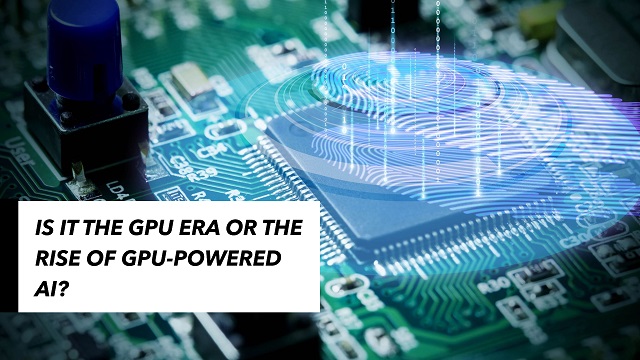

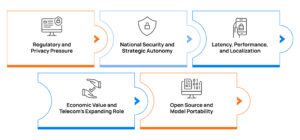
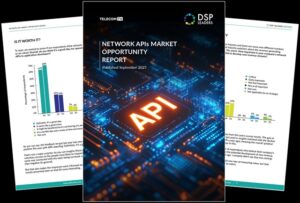

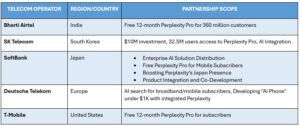

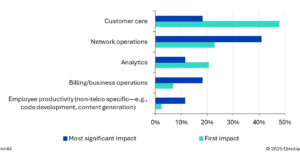
Be First to Comment